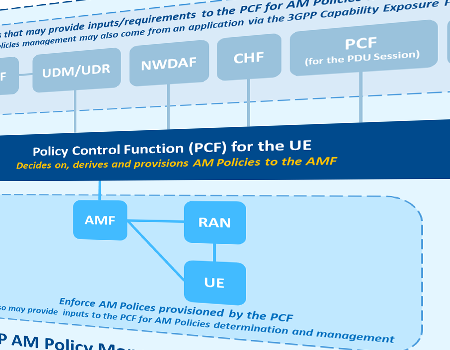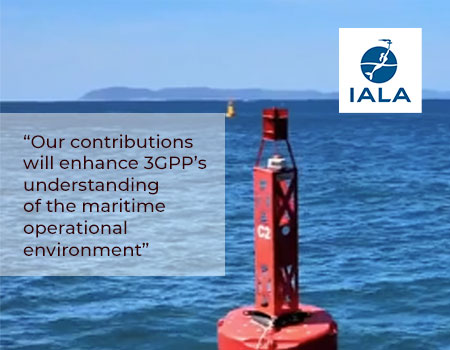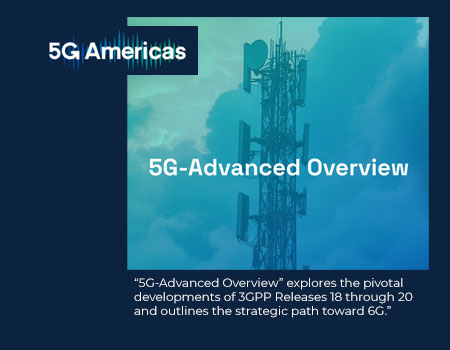By Wanshi Chen, 3GPP TSG RAN Chair.
First published December 2024, in Highlights Issue 09
As the year of 2024 is coming close to an end, it is time to take an overall look at where TSG RAN stands and how it is planning for the next releases - particularly related to 6G.
TSG RAN is currently working on Release 19 (Rel-19) projects, the 2nd release of 5G-Advanced and also the last release fully dedicated to 5G.
As illustrated in Figure 1, the start of Rel-19 is in the 1st quarter of 2024 in Working Group (WG) RAN1, with a one-quarter staggered start in WGs RAN2/3/4.
The release is planned for an 18-month duration, with the Rel-19 functional freeze of features due in June 2025 for RAN1, and September 2025 for RAN2/3/4.
Figure 1 Illustration of Release 19 Timeline
As was the case with Rel-18, the aim in Rel-19 is to provide a balanced evolution in terms of:
- Mobile broadband evolution and further vertical expansion, enhancing mobile experiences and extending 5G’s reach into new areas
- Addressing immediate and longer-term commercial needs, to drive new value in commercialization efforts and to efficiently enable advanced deployments
- Supporting new and enhanced devices and network evolution, so as to focus on the end-to-end 5G technology progression & new levels of performance
This steady and balanced evolution is of particular importance as 6G will start from Rel-20, putting Rel-19 in place as the foundation stone for the bridge to 6G.
Among the approved Rel-19 projects, we have the “traditional” ones such as enhancing MIMO, mobility, topology, and self-organized networks (SON)/minimization of drive testing (MDT). We also have the continued evolution for non-terrestrial networks (NTN), and eXtended Reality (XR).
A new area worth highlighting is a study called ‘Solutions for Ambient IoT in NR’, with the possibility of being converted into a work item in TSG RAN#106 (December 2024). Ambient IoT aims for a harmonized design for low-end tags with backscattered (up to ~1µW) and active transmissions (≤ a few hundred µW) in a licensed frequency-division-duplex (FDD) spectrum in frequency range 1 (FR1). Two topologies are considered, one is where a base station (BS) is connected directly to a tag and the other one is where a user equipment (UE) can serve an intermediate node under the network control.
Energy efficiency has always been a focus of 3GPP standardization. Rel-19 takes this a step further, with enhancements introduced to improve network energy savings. Based on the outcome of the study in Rel-18, we will see specifications for the support of low-power wake-up signal/receiver (LP-WUS/WUR) in Rel-19.
Artificial intelligence (AI)/machine learning (ML) is taking the main stage across TSG RAN in Rel-19. WG RAN1 is leading an AI/ML project focusing on specifying use cases for CSI prediction, beam management and positioning, as a continuation of the study in Rel-18. The group (RAN1) also continues to study the use case of CSI compression (started in Rel-18). In parallel, WG RAN2 is leading a study of AI/ML for mobility management, focusing on network triggered layer 3 mobility, while WG RAN3 continues its work on AI/ML for NG (next generation)-RAN and WG RAN4 investigates all the necessary aspects related to performance and the requirements for AI/ML in the RAN.
Another Rel-19 project worth emphasizing is the specification of sub-band full-duplex (SBFD) in a time-division duplex (TDD) system, which enables the conversion of some frequency portion of a downlink slot into an uplink subband, orthogonal to the remaining subbands for downlink. This is a continuation of Rel-18 study, and is expected to bring benefits such as improved uplink coverage and reduced latency for TDD.
Two studies in Rel-19 provide a direct bridge to 6G topics: Channel modeling for integrated sensing and communications (ISAC), and Channel modeling for higher mid-band spectrum (e.g., 7-24 GHz). These two Rel-19 projects are critical in laying the necessary foundation for further technical study and specification work, at a later stage.
6G Planning – Agreement on a Timeline
3GPP is expected to develop technology submission to ITU-R for the IMT-2030 process. To that end, the very first, although brief, 6G timeline discussion occurred in RAN#101 (September 2023), triggered by an incoming liaison from ITU-R WP5D (see RP-231518) titled “On completion of draft new Recommendation ITU-R M.[IMT.FRAMEWORK FOR 2030 AND BEYOND]”.
Subsequently, high-level considerations for 6G timeline were discussed in RAN#102 (December 2023), including a TSG-wide joint session, resulting in the endorsed way forward in RP-233985.
Additional considerations for 6G timeline were discussed in RAN#103 (March 2024), including another TSG-wide joint session, with the endorsed way forward in RP-240823.
6G Planning – Workshop and Studies:
See details on the March 10 - 11 workshop, Incheon, KR here: https://www.3gpp.org/component/content/article/6gworkshop-2025?catid=67&Itemid=101
Studies for 6G in 3GPP will start from Rel-20. The study in TSG RAN will consist of two parts:
- An ITU-R IMT_2030 focused study, and
- A general 6G RAN study.
The ITU focused study is expected to be approved in RAN#106, and continues till June 2025, focusing on IMT-2030 radio requirements defined in ITU-R WP5D. The general 6G RAN study will cover aspects such as radio requirements and KPIs, and is expected to be approved in RAN#107, continuing until June 2026.
6G studies in RAN WGs are scheduled to be approved in RAN#108 (June 2025), with RAN1 starting work from the 3rd quarter of 2025, and RAN2/3/4 starting from the 4th quarter of 2025. The studies in each WG are expected to last for 21 months.
Note also that in parallel to the 6G studies in Rel-20, there will be additional evolutions of 5G-Advanced in Rel-20, in order to further address urgent and real commercial needs. The duration of 5G-Advanced work in Rel-20 will be 18 months.
Specifications for IMT-2030
The normative work for 6G in 3GPP is expected to start from Rel-21, producing the 1st set of 3GPP 6G technical specifications.
Rel-21 will be the 3GPP release for our IMT-2030 submission, delivered before 2030, and expected to be delivered with a single drop (i.e., a single code freeze). Although we do not have a concrete Rel-21 timeline yet, we plan to make a decision no later than June 2026 (when the 6G RAN study completes), with the understanding that the ASN.1/OpenAPI freeze date for Rel-21 will be no earlier than March 2029.
Figure 2 Illustration of TSG RAN Rel-20 Timeline
Concluding Remarks
TSG RAN is currently heavily involved in Rel-19 5G-Advanced standardization providing necessary evolutions addressing the ever-increasing commercial deployment needs.
At the same time, TSG RAN is preparing for the start of 6G with the first TSG-wide 6G workshop just a few months away and the subsequent studies set to investigate and bring real 6G values at both the TSG level and the WG level.
Based on the 6G studies and the expected specification work in Rel-21, 3GPP is committed to provide timely inputs to the ITU-R IMT-2030 process.




 Technology
Technology




